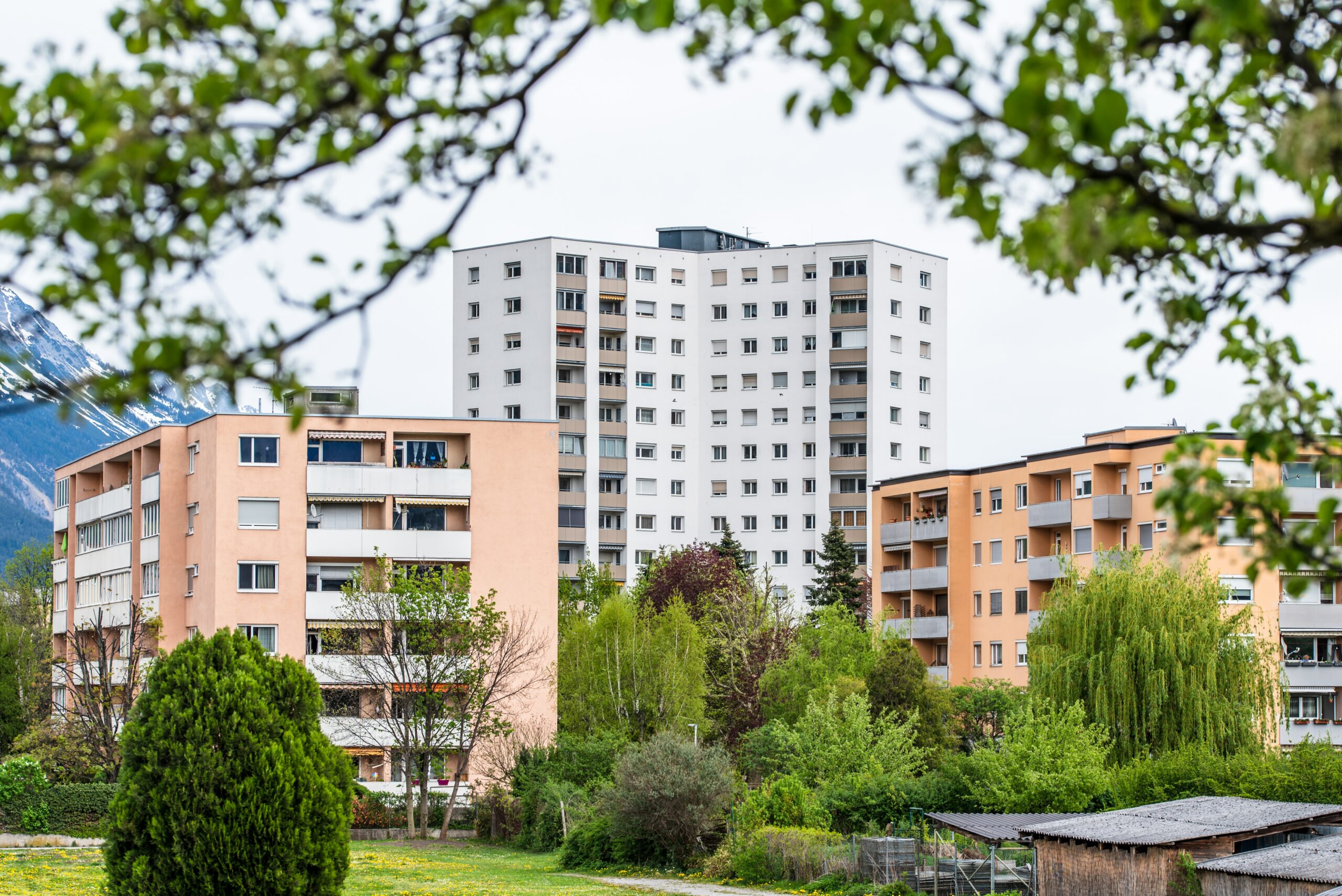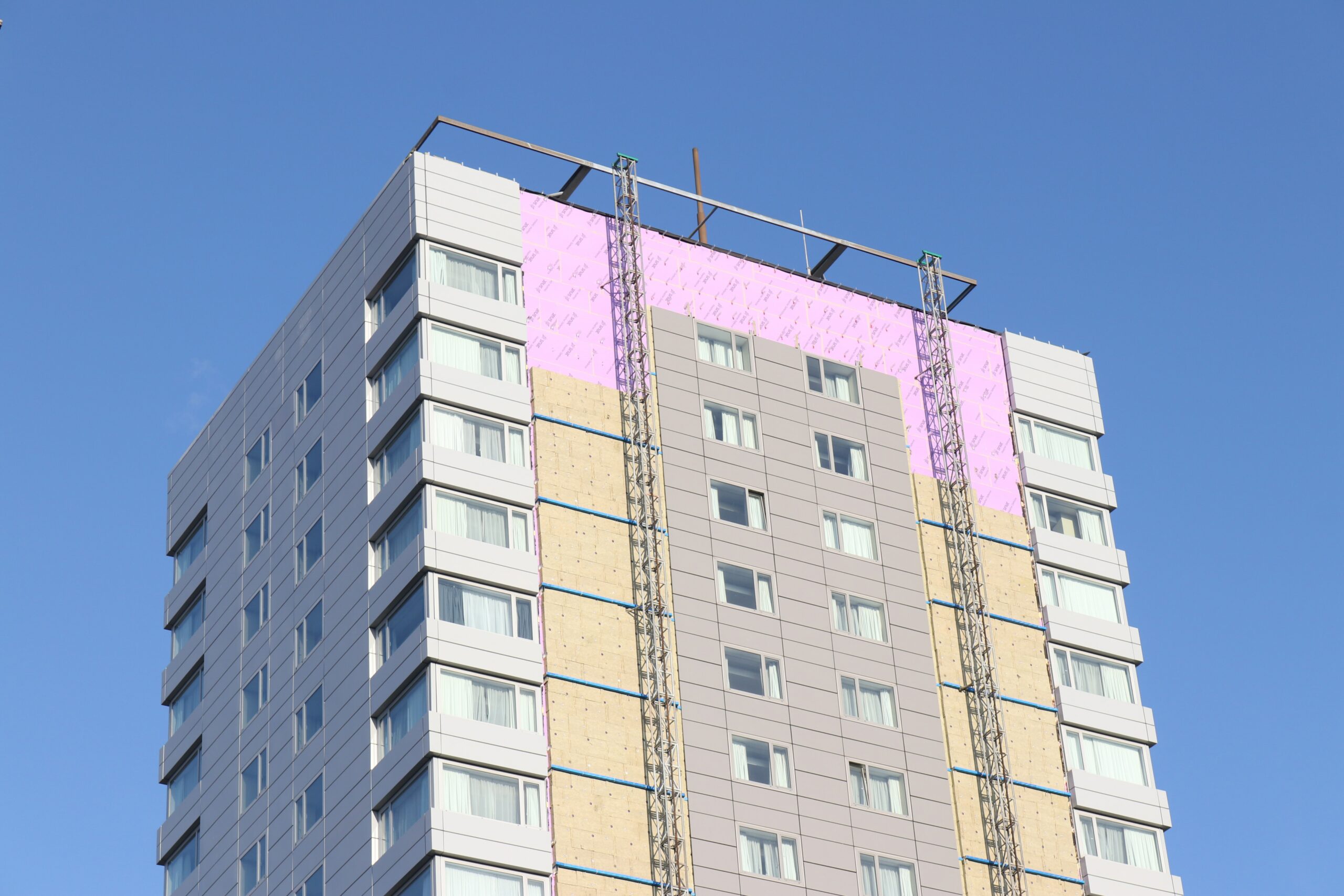Before starting a Right to Manage (RTM) application, it is essential that you understand the qualifying criteria and can clarify if your block will qualify.
Brady Solicitors set out the key qualifying criteria for Right to Manage, one of the most popular routes for leaseholders wanting more control over how their flat is managed.
Right To Manage Qualifying Criteria explained:
-
The block must be self-contained to qualify for Right to Manage
To qualify for RTM, your block must be structurally detached. This includes the obvious above ground elements but also underground aspects such as car parks or gym facilities that might be shared with other buildings.
Part of a building can be deemed to be self-contained if it has an ‘absolute vertical division’, ie: if from earth to sky, the building is detached from its neighbour.
To assess if your block meets the self-contained qualifying criteria for RTM, you should consider:
- Could the block be redeveloped independently of the rest of the building?
- Are the services (gas, water, electricity) independently provided?
- Can these services be changed or interrupted without affecting the rest of the building?
Freeholders have been able to successfully challenge RTM applications on the basis that too many pipes would need to be rearranged to meet the tests above.)
-
To qualify for RTM, the block must have enough qualifying tenants
Two or more of the flats must be held by qualifying tenants and the total number of flats held by those tenants must not be less than two thirds of the total number of flats. A qualifying tenant is a leaseholder whose lease was originally granted for a term of more than 21 years.
For example, in a block of eight flats, at least six must be held by qualifying tenants. Likewise, in a block of 20 flats, at least 14 must held by qualifying tenants.
RTM will not be an option if any of the qualifying tenants have a housing authority landlord.
-
The Right to Manage qualifying criteria require the block to be at least 75% residential
This is a key criterion for RTM and one that isn’t always easy to assess. If the commercial / residential split isn’t clear, you may need to get expert opinion on the internal floor area.
When calculating the commercial percentage, an assessor will include any dividing walls to the commercial unit and any commercial car parking spaces. Balconies are not included.
Whilst the burden of proof rests with the freeholder, if they can provide evidence that there is at least 26% commercial tenancy, the qualification criteria will not be met and RTM will not be possible.
-
Right To Manage qualifying criteria – a note about resident landlords
This qualifying criterion relates to smaller properties where the landlord is one of the resident tenants. In this instance, your block will not qualify for Right to Manage if:
- The building is not a purpose-built block, and
- The block has four or fewer flats, and
- The landlord (or an adult member of their family) has lived in one of the flats for the last year.
Leaseholders applying for the Right to Manage will be liable for the costs incurred by the freeholder as well as their own legal costs. This makes it crucial to do your ‘due diligence’ to ensure that your block meets the qualification criteria for Right to Manage before you start to incur any significant costs.




